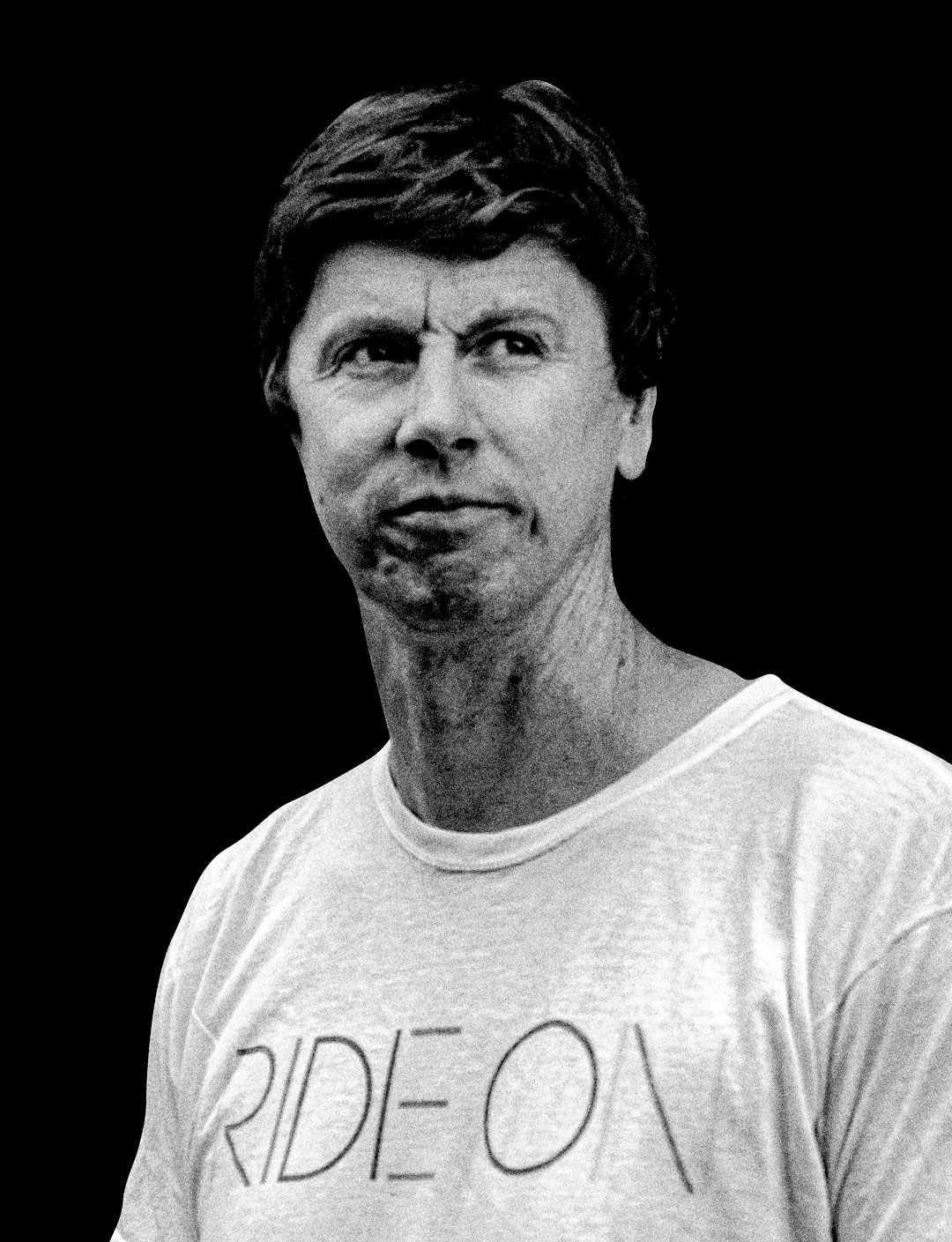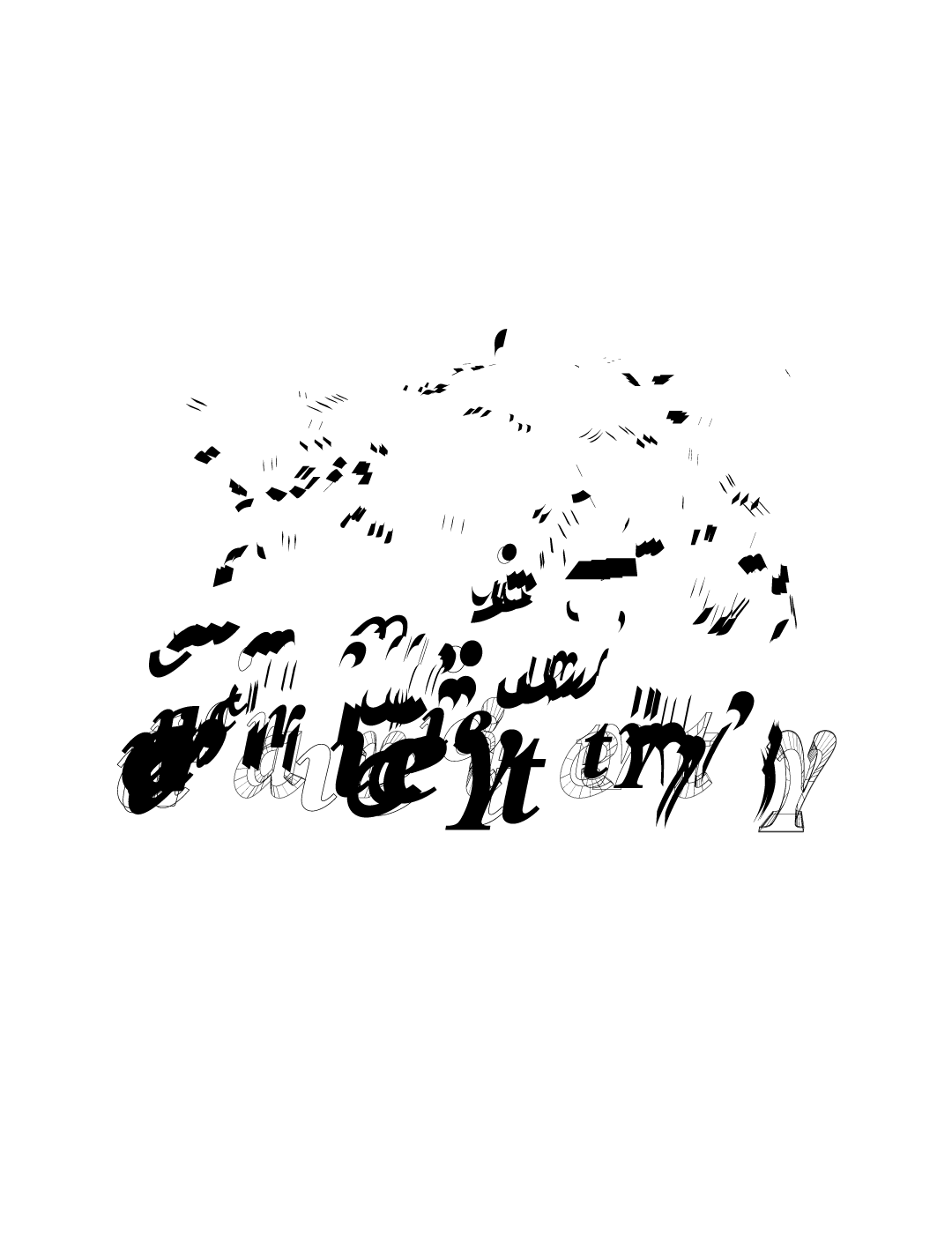You’ve spent some time working at studios and since gone out on your own, what have been the challenges in starting Harley Johnston Design?
So, I guess when I started out, in my very first job, I never pictured myself working for myself. Like, I always wanted to work in bigger and better studios, kind of work my way up. And when it came time to like, branching out on my own it was pretty scary because I had a mortgage, I had a wife, I had a child and I’d been in a studio where most of the work I was doing was banner ads and EDMs (Electronic Direct Mail) and I had built up my own clients on the side and they kind of offered me-- this studio offered me Full-Time and I said, “no I just want to-- can I try it out on my own.”
So, yeah, it’s a huge leap of faith, trying to set up on your own, make the most of it, but I was lucky I had a kind of foundation client who was giving me a fair bit of work and that kind of helped me branch out and get more work, so.
“It’s a huge leap of faith, trying to set up on your own.”
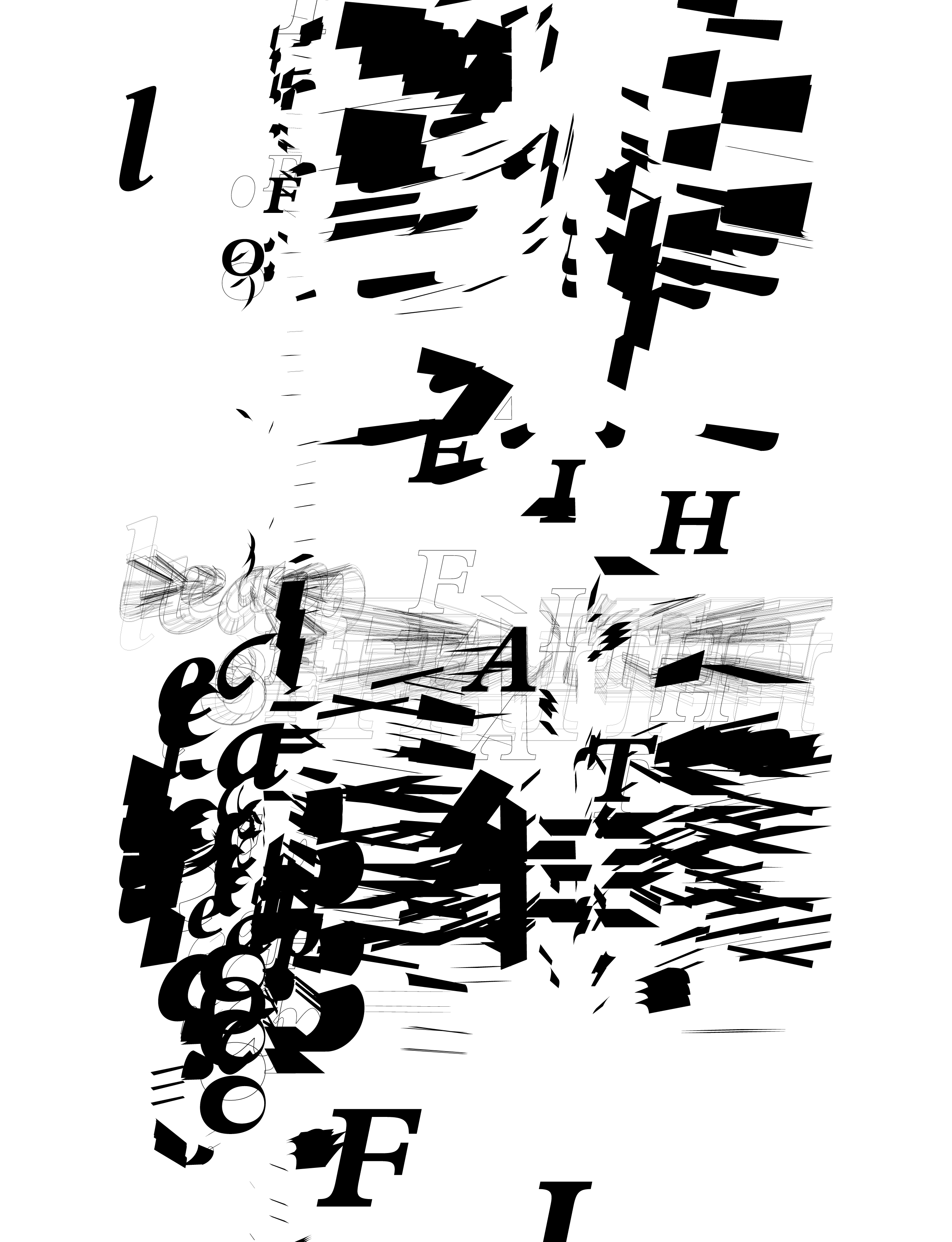
Considering the design space has changed so much over the past 10 or so years, you’ve really honed your craft as a brand and visual identity specialist, and on your own no less; you're very active with regards to design; entering design awards, posting a lot of your work across social media — how do you like the hustle?
I guess I find the “hustle” a very funny word, it’s very American to me, when I hear hustle I think of people doing it tough and struggling to get by. So, yeah I guess as part of promotion I’ve never been into like marketing or kind of like paying for Google ads or, you know, cold calling clients and all that sort of stuff but I feel I need to, yeah; stay on top of social media and enter awards to kind of just let people know that I’m out there and doing stuff.
And yeah, it’s-- it is interesting, like, it’s just one of those things about running a business that you have to do, like you have to update projects on your website, you have to kind of see that you're doing decent on Google or whatever just so people can find you and you can get some referral-- like get some work. A lot of projects in the past have been through referrals but I guess now it’s half half. Where it’s half referrals, half kind of Google.
So, yeah it is sometimes a bit annoying doing social media stuff; I mean I’ve only got two hundred and fifty followers, so it’s not like I can say I’m a social media genius or anything [laughs] but I think it is good to put yourself out there even if it does feel a bit weird.
Lorenzo: Is it like a relevancy play as well, not so much about showing how many followers you have but rather if someone checks in…
Harley:It’s the same thing with having a website, if somebody tries to look you up and sees that you’re legitimate, it’s kind of proof that you are, so yeah… And I mean, usually with every kind of Instagram post or whatever, I put in a fair bit of information about the thinking behind the work and showing that it’s just not about, like, creating pretty pictures. There’s a lot of conversations that go on and kind of thinking behind the work and stuff…
“I think it is good to put yourself out there even if it does feel a bit weird.”
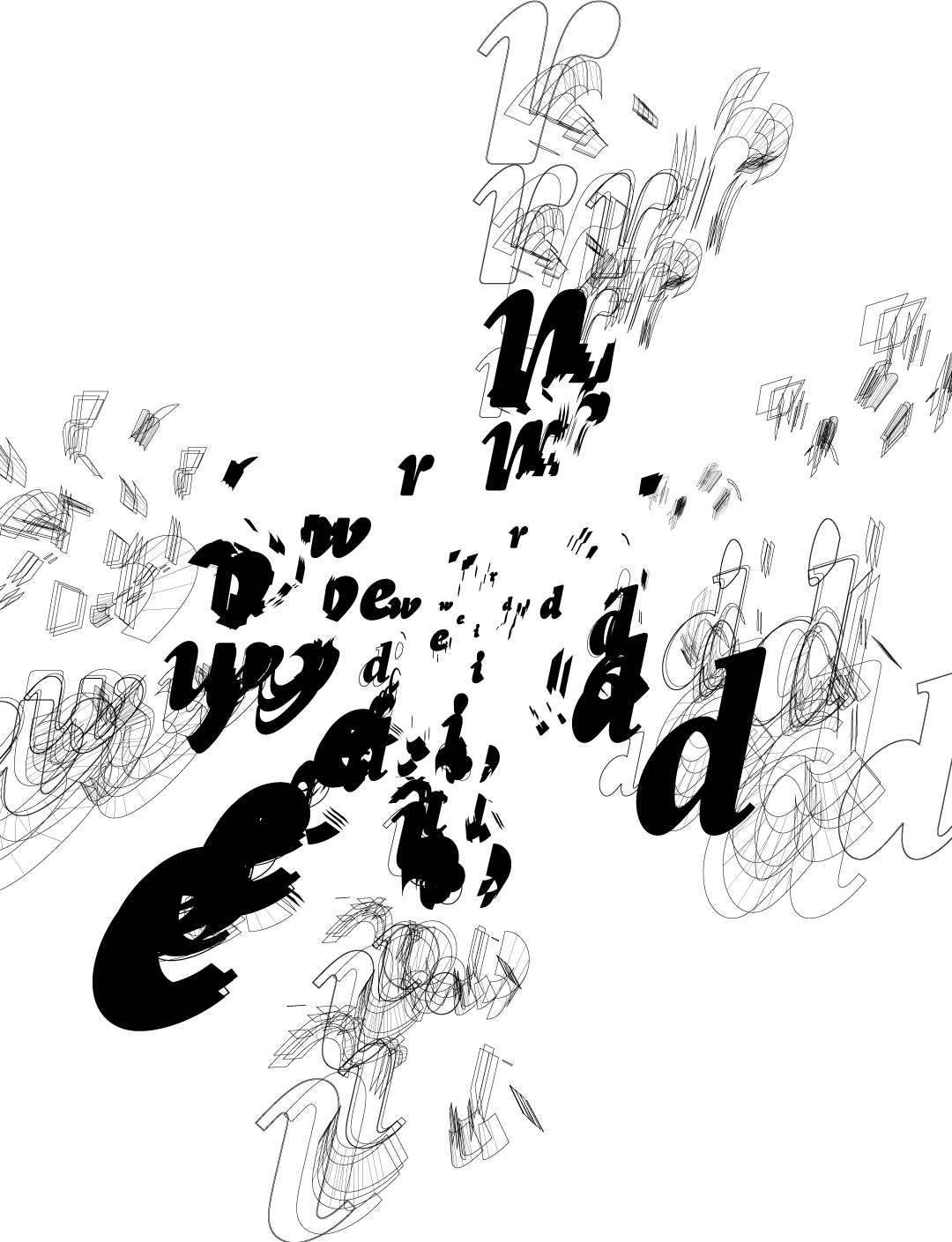
So, what is your approach when you’re given a brief or a problem?
I guess that’s something you learn over the years. A lot of it is about conversations with clients and understanding what they’re asking for and reading between the lines and being able to work for yourself, you get to have direct access to clients which lets you be-- lets you really hear what they’re saying rather than having it kind of transcribed from somebody else and them kind of picking the things that they think are relevant. You get to really read between the lines, which is a huge part of my job because often they say something in passing and that could either be the solution, or part of the problem they’re trying to solve that they might not think is the obvious thing they’re trying to solve and that’s where, kind of, breakthroughs happen.
I guess my process comes from that, like getting to know people and starting out to see if there’s a level of trust there, a level of investment on their part as well and then yeah, going through all the stuff that’s required and then getting to know them and what their interests are and what their objectives are and then yeah, kind of digesting all that, working on stuff and then presenting back a solution which-- I usually try to do just one solution and most of the time it goes well. And yeah, then we kind of refine things, get it all approved and go into production.
“Often they say something in passing and that could either be the solution, or part of the problem they’re trying to solve that they might not think is the obvious thing they’re trying to solve and that’s where, kind of, breakthroughs happen.”
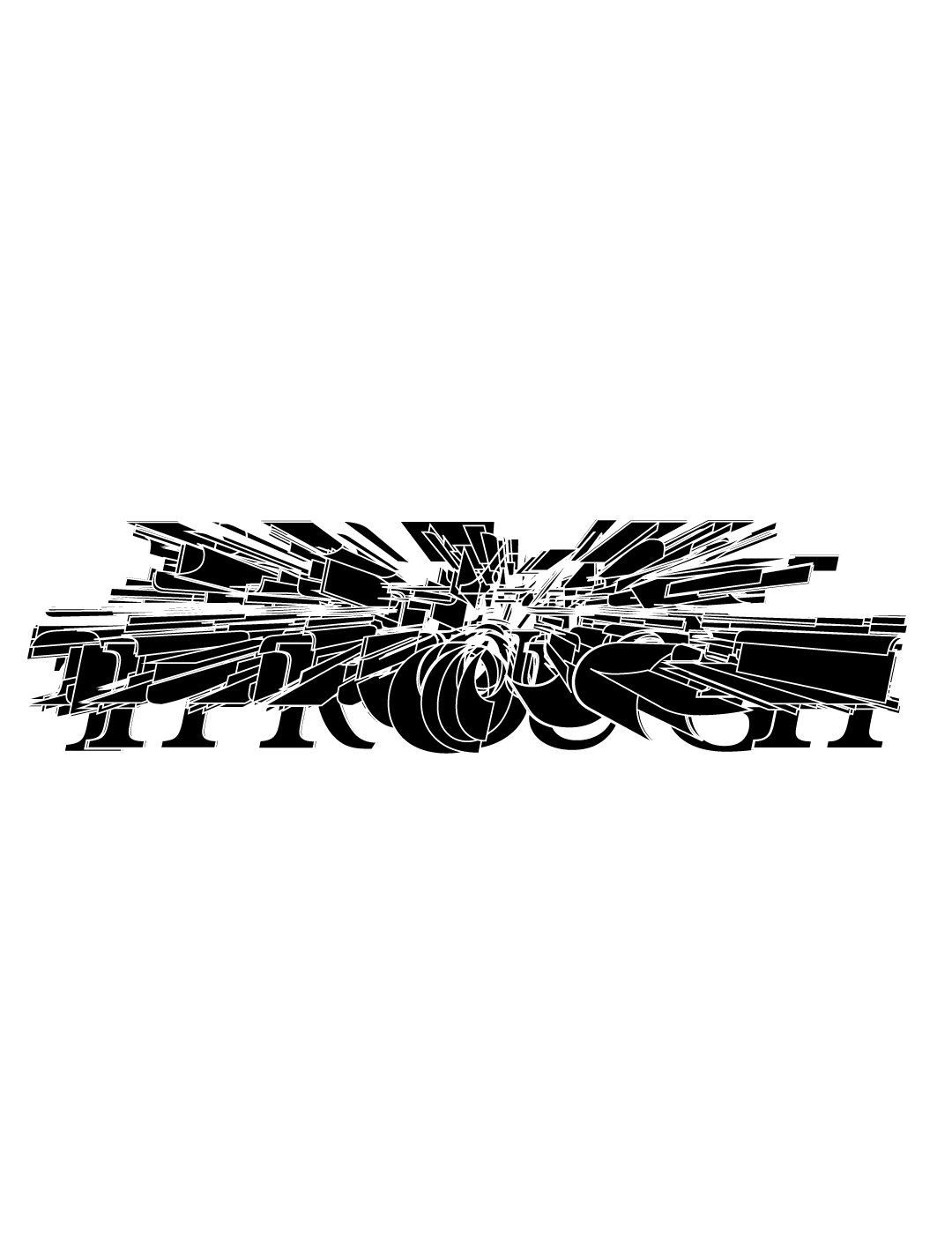
What kind of projects do you prefer to work on, or types of clients? Very collaborative or just a more leave it to me approach…
Yeah, I guess I’m not a “leave it to me” kind of guy. I kind of need to feed off what they’re trying to do, what they’re trying to solve. They don’t need to have answers, they just need to tell me their problem; why whatever wasn’t working in the past or why they're struggling to get through on somethings and from that it kind of helps me to-- to you know, find the real problems and find real solutions to those.
Lorenzo: On that, what do you think is the designers responsibility on this stuff? Do you just want to make the client happy, doing something you may not think is right?
Harley: Yeah, I mean you need to, like, look at a lot of things. It’s not just about what the client wants or what they think they want. You’ve got to look at what their-- their end users want and clients need and where they sit in the market and how they kind of should be positioned.
Because sometimes people come to you and they're like, “Oh, I just need a logo drawn, I’ve got this idea.” It’s like, when you start to talk to them, you know, things flesh out a bit more. Either, they don’t want to pay for your time or they do and then you kind of discover there’s something else going on and yeah, that’s probably a better avenue anyway…
So, yeah, that's-- if they want something just redrawn they can go to Fiverr and see how that goes. And that’s one of the good things about my job; is being able to say, “No” and saying, “Look, I don’t think we’re a good fit. Go here or try that.”
Lorenzo: And that’s not even being rude, it might actually suit them more or get them a better result in that context.
Harley: Yeah, if that’s what their expectations are, if they want to spend a hundred bucks or whatever, yeah…
So, what’s next?
[Laughs]. That’s something I overthink way too much. I mean I’ve thought about growing a team and what that would involve and also, yeah, how that would be and I’ve talked to some people-- I’m lucky to have some friends who are a lot more experienced and kind of been through all that. Yeah, talking to them kind of put me off it a bit because I could see the advantage of having a bigger team and you know, being able to take on bigger projects and being taken more seriously from bigger clients, but I can also see the drawbacks of like, having to find work that can fill those hours and kind of-- and having to manage all the HR stuff that goes with it.
I mean, I don’t have a problem-- in past roles I’ve enjoyed mentoring junior staff and seeing them develop ideas and kind of helping them become better designers, but yeah, I think for now I just want to focus on kind of-- yeah, getting bigger jobs and I’m looking at positioning myself a little bit differently. Yeah, I guess more of a brand consultant and try to sell my value a bit more, because I think at the moment-- I think about the perception. People who come across me think of me just as a solo kind of desktop publisher. So, yeah, that’s something I’m always thinking about in terms of how people perceive you and then looking at how other people do that.
Lorenzo: I guess that makes sense, and as you get more senior you realise the value you add is in the conversations you mentioned before, not just the output.
Harley: Yeah, and trying to justify your fees as well. If people see what you’re adding is more than just like pretty pictures it helps them to understand what goes into it, and why they should pay somebody for that.
Follow Harley Johnston on Twitter and Instagram @Harley Johnston Design.
Proofreading by Leah Chan. Photography by Lorenzo Princi.
